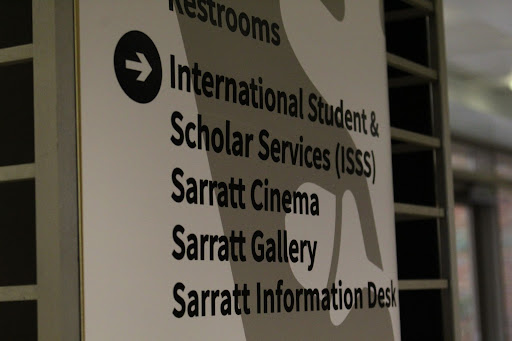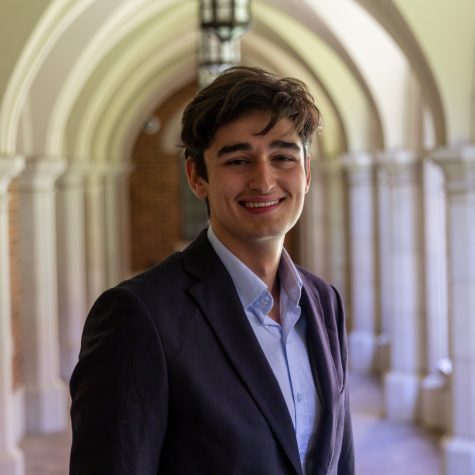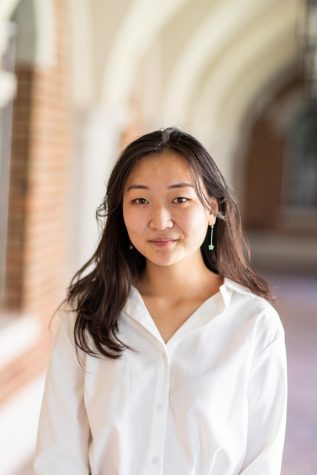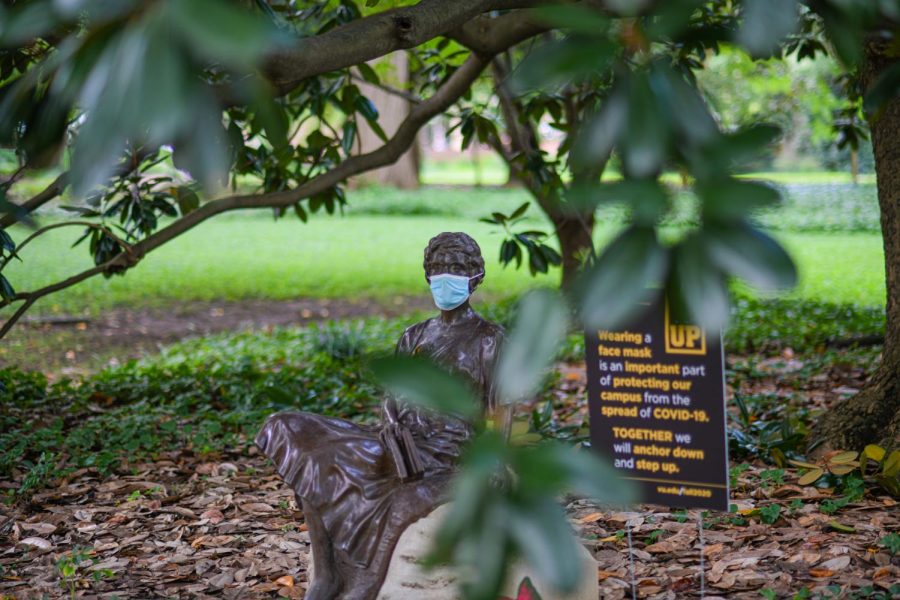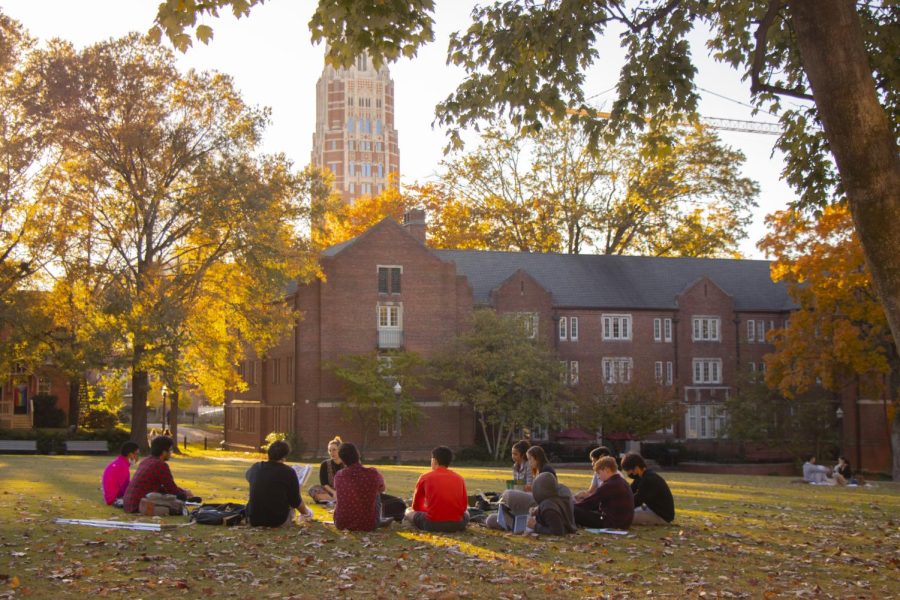Out of 1,626 students in the Class of 2025, 10.4 percent are international, while the Class of 2024 is 8.8 percent international, per Doug Christiansen, dean of undergraduate admissions and financial aid. He said this statistic is a drop from the all-time high of 12.4 percent international students in the Class of 2018.
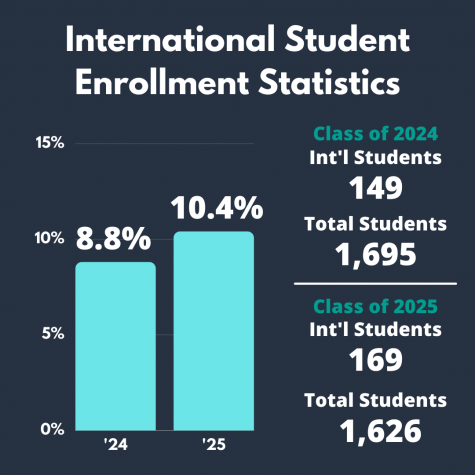
Per Christiansen, the international student statistics of the last two years reflect the effects of the temporary suspension of visa services at certain U.S. consulates around the world due to the COVID-19 pandemic. The Centers for Disease Control and Prevention’s (CDC) website also states that several presidential proclamations limited or suspended the entry of noncitizens who were present (within 14 days before attempting entry to the US) in certain countries—such as China, Iran and the entire European Schengen Area—to prevent the spread of COVID-19. The website also reads that many embassies around the world additionally paused the nonimmigrant visa application process, including the F-1 student visa.
“COVID-19 has probably been a part of the discussion for about two to three percent of students who have decided not to come,” Christiansen said. “There were so many more unknowns.”
International students must obtain F-1 student visas to attend American universities by completing an interview at a U.S. embassy or consulate before entering the country. Christiansen emphasized the effects of the reduced activity of U.S. embassies on international students in the Class of 2025.
“We just didn’t know when [the embassies] would get back open due to the variants,” Christiansen said. “We started tracking where all our students are coming from, to see whether all the embassies and consulates were open, what the wait times were; I would get a daily update on all of that.”
This uncertainty, according to Christiansen, led to an increased admission of international students in the Class of 2025 with an overall additional admission granted to 21 more students than originally planned. He stated that this rise in acceptances was driven by the university’s uncertainty of the number of international students that would be able to attend an American university given international travel complications and restrictions.
“Because we didn’t quite know where our international student numbers would fall due to travel issues, vaccination issues and visa issues, we actually ended up admitting more,” Christiansen said.
First-year Anseley Philippe, an international student from Haiti, said there were obstacles surrounding the visa process during the pandemic, particularly with scheduling a visa interview.
“The [visa application] portal never let me in because all of the interview slots were taken down, due to the turmoil that was raging in the country,” Philippe said. “I had to log in throughout the day, looking for new slots that never got added.”
Sophomore international student Buket Alkan, who is from Turkey, remarked on how the suspension of visa services resulted in her missing the fall semester of her first year.
“The embassy in Turkey would only give expedited appointments, which weren’t available to students who applied for the F-1 visa,” Alkan said. “I have sophomore friends back home who haven’t been able to enter the U.S. for three semesters now.”
Higher deferral rates, especially among international students, for the Classes of 2024 and 2025 also reflect the effect of the COVID-19 pandemic on travel and visa applications. Christiansen said a pre-pandemic class typically had around eight students take a gap year, usually due to religious or military service.
In the Class of 2024, 36 students took a gap year, 11 of whom were international. The Class of 2025 saw 25 students defer to Fall 2022, five of whom were international. Of those who deferred from the Class of 2024, 30.5 percent were noncitizens, compared to 20 percent in the Class of 2025. Christiansen said that the higher deferral rates can be attributed to these travel complications regarding entry to the U.S. during the COVID-19 pandemic.
The percentage of international students at Vanderbilt has risen throughout the years with a 9.3 percent increase from 2006 (3.1) to 2018 (12.4). The number of countries from which students applied has also increased from 50 countries ten years ago to 135 countries in the 2021 application cycle. Moreover, students from 74 different countries were admitted to the Class of 2025.
“Vanderbilt has become way more international,” Christiansen said.

